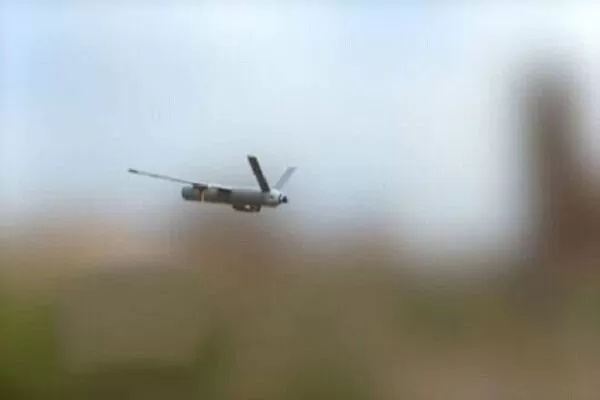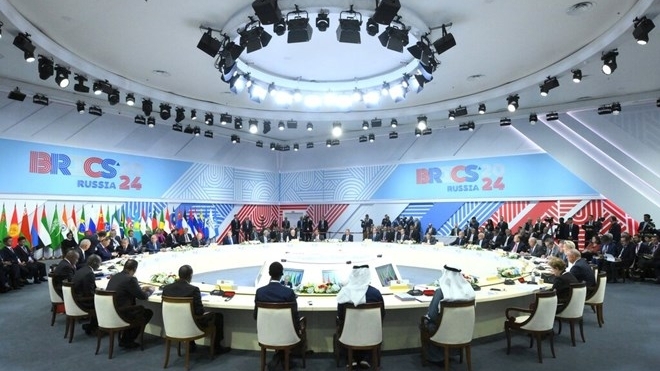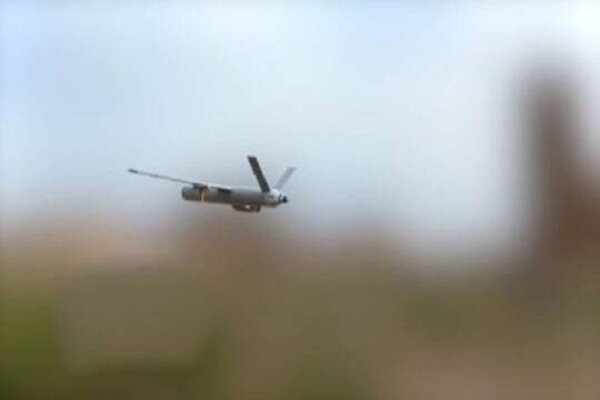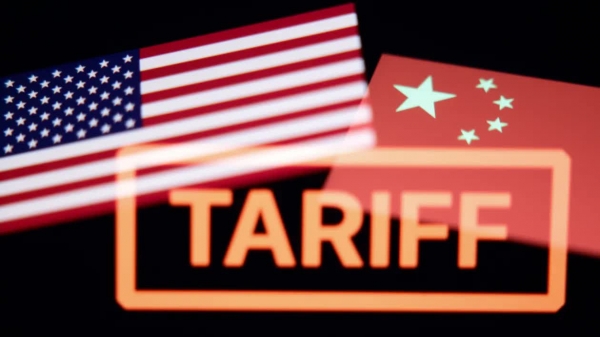Military experts from many countries say that traditional measures to deal with unmanned aerial vehicles (UAVs) are gradually becoming less effective.
 |
| A Ukrainian drone. (Source: mehrnews) |
In the Russia-Ukraine conflict, UAVs carrying small bombs or anti-armor weapons have surpassed artillery and become a terror on the battlefield.
Russia's Sputnik website reported on January 1 that Kyrylo Budanov, Director of the Main Directorate of Defense Intelligence of Ukraine, admitted that the Russian military has begun using a large number of fiber-optic-guided first-person view (FPV) UAVs. This equipment, which is resistant to electronic warfare jamming, is becoming a major problem for the Ukrainian military.
In December 2024, the Russian Ministry of Defense released several videos showing how Russian UAVs destroyed Ukrainian tanks and armored vehicles.
The US website Breaking Defense claims that to prevent attacks from UAVs of this type, both Russian and Ukrainian armored vehicles are basically equipped with iron cages to block bombs dropped by UAVs. In another video, the Russian military used a fiber-optic-guided FPV to destroy a US-made M1A1 Abrams main battle tank of the Ukrainian army.
According to Breaking Defense , the Russian military is increasingly using fiber-optic-guided FPV drones. Traditional UAVs rely primarily on radio signals to receive remote control. Therefore, many radio jammers, from large electronic warfare devices to personal anti-UAV guns, use radio signal destruction methods to make UAVs lose control and unable to carry out combat missions.
However, fiber-optic guided UAVs have stronger anti-jamming capabilities and are almost unaffected by enemy electronic warfare equipment. They can maintain signal stability even in complex electromagnetic environments.
The increasing number of UAV attacks has caused the M1A1 tanks provided by the US to Ukraine to struggle on the battlefield. Related articles claim that this type of tank has proven to be unable to change the course of the war because it is easily attacked by UAVs and Russian anti-tank missiles.
Small UAVs carrying warheads are rapidly improving in technology and tactics, and pose a real challenge to traditional anti-UAV methods, Chinese experts say.
Fiber-optic guided UAVs render the most convenient countermeasures against UAVs such as jamming/electronic deception ineffective and require greater reliance on countermeasures such as hard kills. Newer generations of main battle tanks are often equipped with active defense systems that can launch dense, directed shrapnel to intercept incoming UAVs.
However, because small UAVs are much cheaper than main battle tanks, if many UAVs attack at the same time, the tank's active defense system may no longer be effective, or run out of interceptor ammunition and eventually be unable to recover.
Source: https://baoquocte.vn/vi-sao-cac-cuoc-tan-cong-bang-uav-ngay-cang-kho-ngan-chan-303569.html
























































Comment (0)